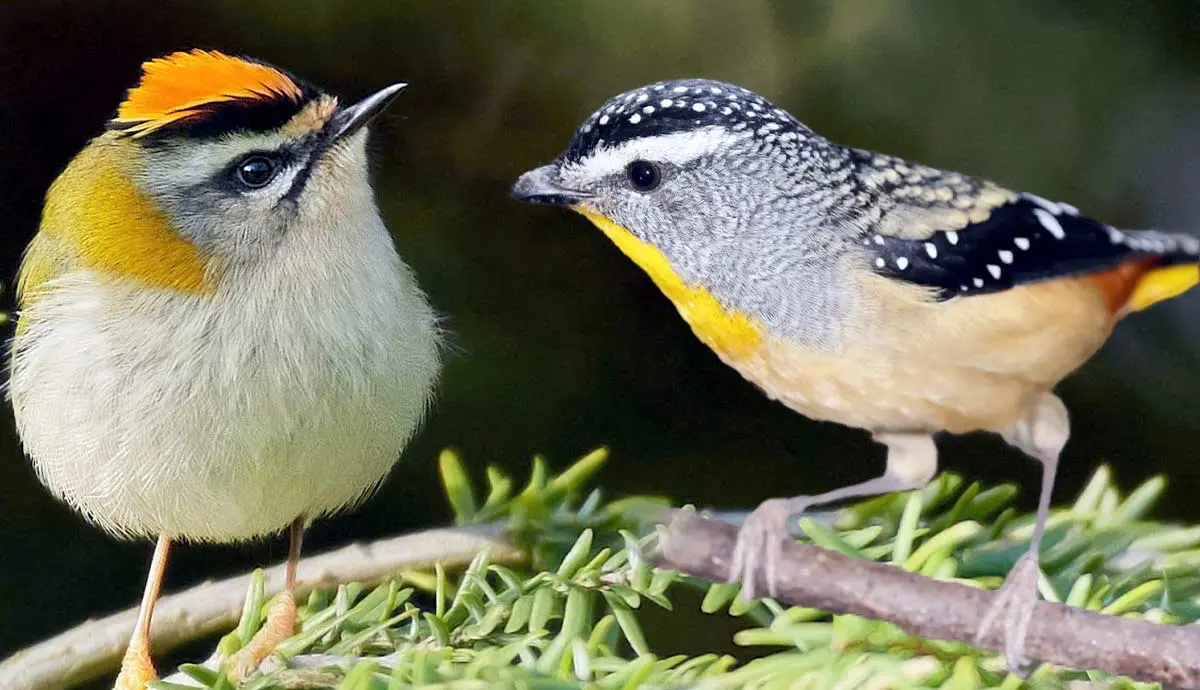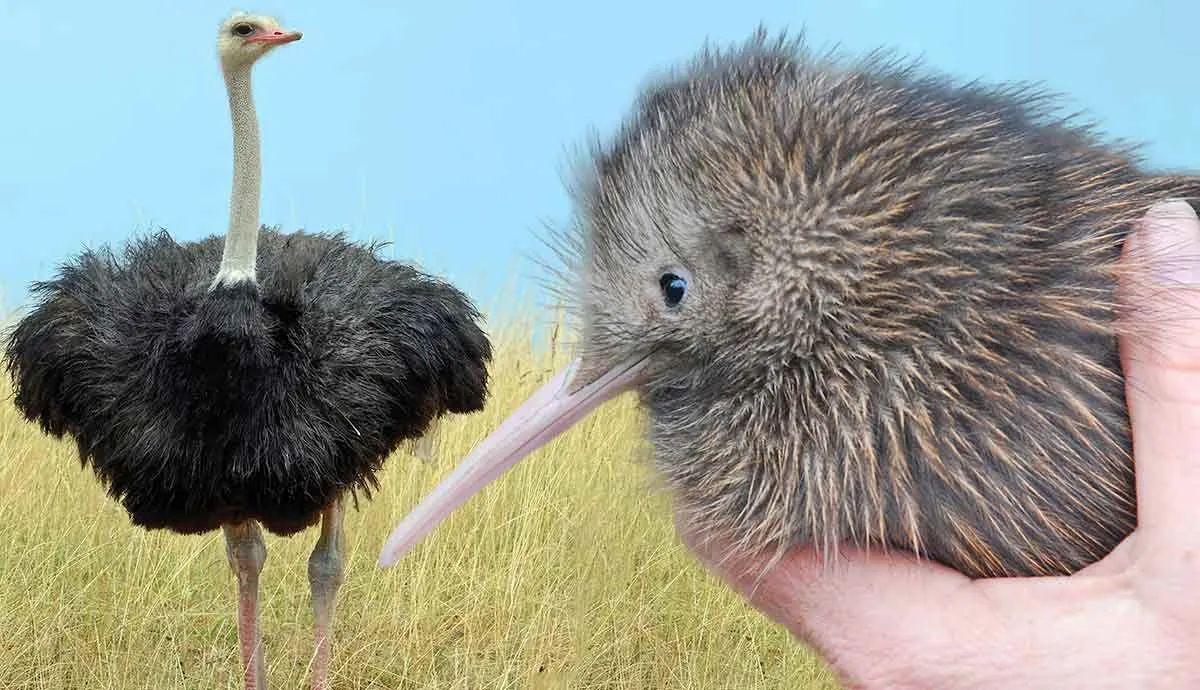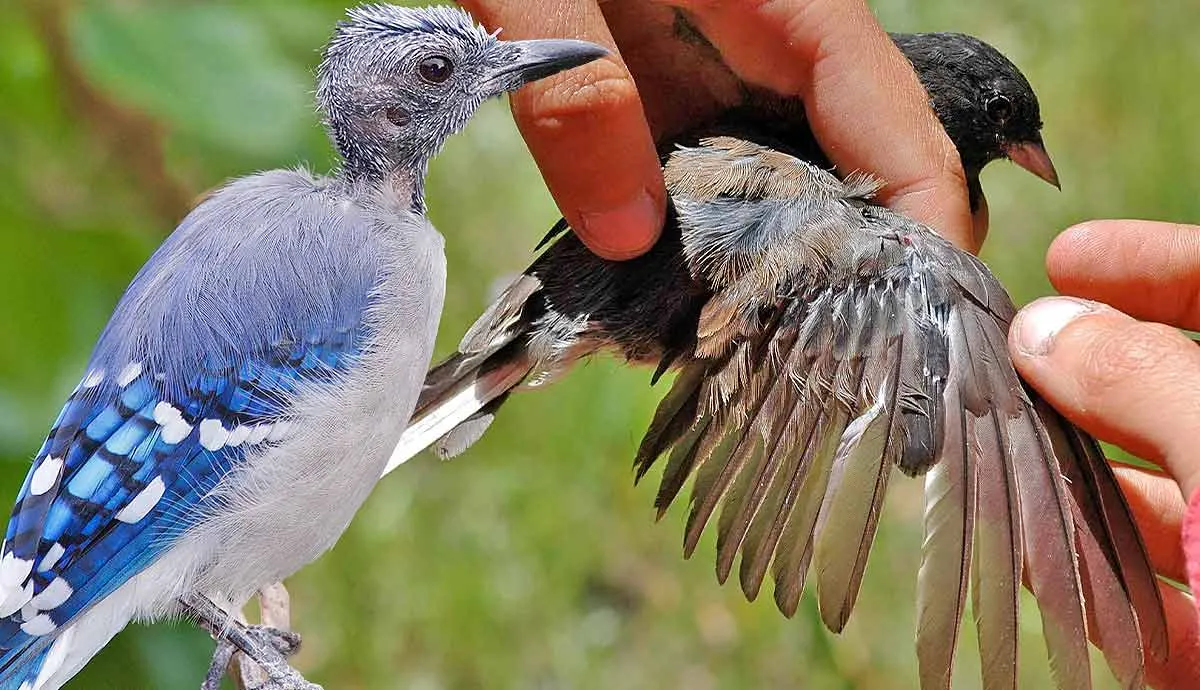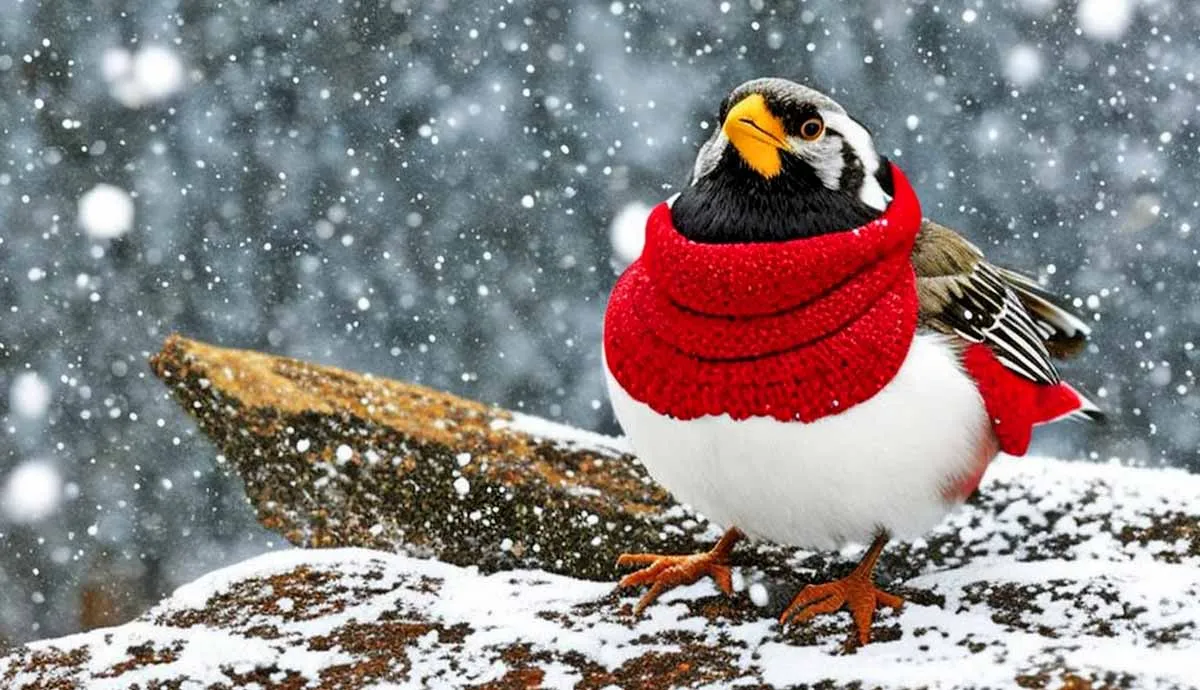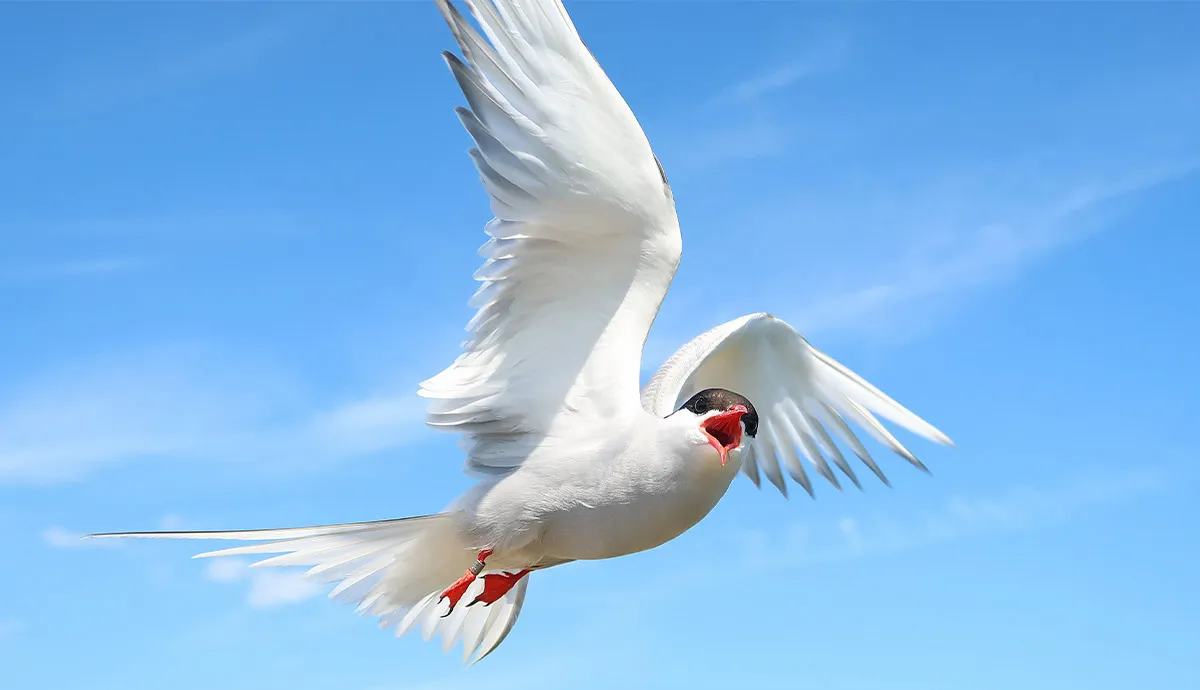The smallest birds in the world don’t grow much larger than 2 to 5 inches. They range from miniature hummingbirds to beautifully speckled and brightly colored garden birds. But despite their small stature, each of these animals has a unique feature that has helped them thrive in their habitats. The bee hummingbird is similar in size to a mole cricket, while the common firecrest weighs around 5 g. In this guide, we look at eight of the world’s mini birds along with their colors, diet, and native countries.
1. Bee Hummingbird (2 inches)
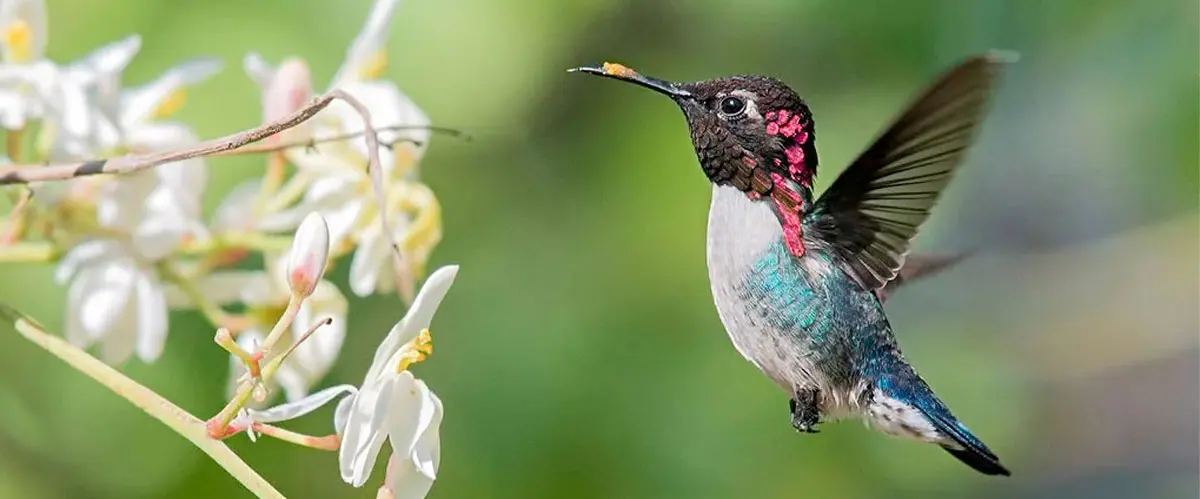
Without a doubt, the bee hummingbird earns the title of the smallest bird on the planet! These minute creatures are only 2.2 inches in size, which is just over an inch more than a bumblebee. Much like other hummingbirds, they spend their days visiting flowers to feed on sweet nectar. A bee hummingbird weighs around 1.9 g, but they use a lot of energy and can eat up to half its body weight in sugar. Their behavior is so similar to that of a bee, which is how they got their name. You’ll find bee hummingbirds in the rainforests and dense brush in their native country, Cuba.
2. Calliope Hummingbird (2.8 inches)

The tiniest bird that you will find in the United States and Canada is the calliope hummingbird. Weighing a mere 2 g and growing to a length of 2.75 inches, these fluttering animals have exquisitely colored feathers. Calliope hummingbirds have a unique and beautiful voice and are known to sing, compared to other hummingbirds that produce short and sharp chirps. This lightweight bird drinks sweet nectar from its favorite blooms, such as monkeyflowers and columbine. Apart from their love for nectar, they enjoy snacking on insects that are small enough to fit into their beaks.
3. Costas Hummingbird (2.9 inches)
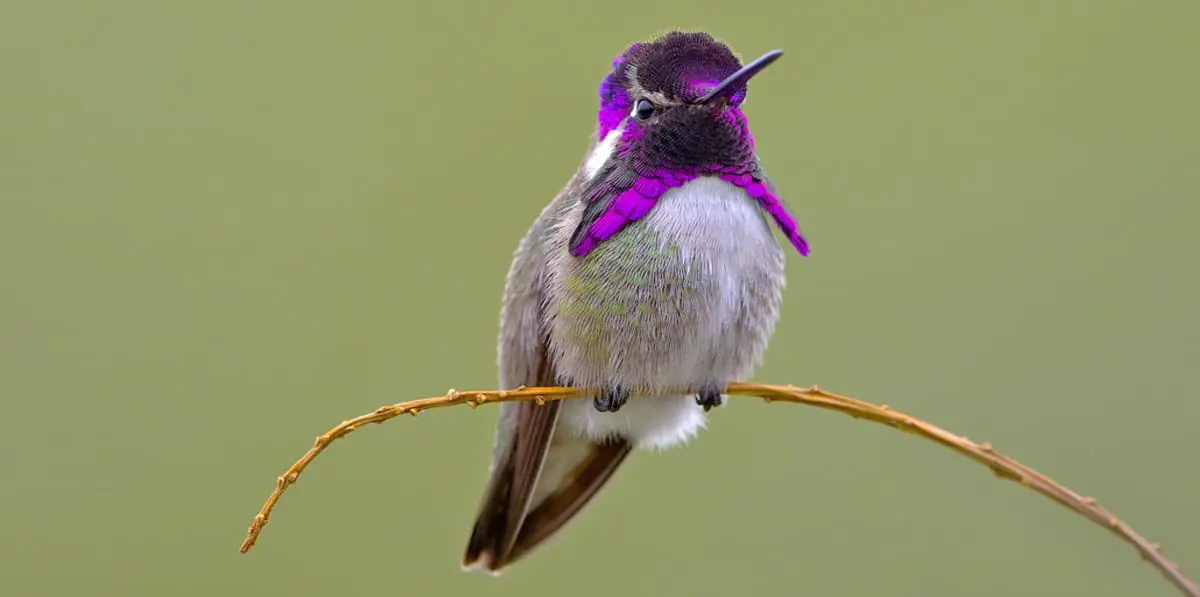
Our third smallest bird in the world is the colorful costas hummingbird. The males are admired for their bright purple head and neck feathers. To impress the females, the males put on a dazzling display of color as they flutter about in the sunlight. Female costas hummingbirds look nothing like the males and have green and white feathers with a dark gray patch on their cheeks. The miniature hummingbirds are 2.9 inches long from head to tail and consume both flower sap and insects. They live in the warmer parts of northern Mexico and the United States.
4. Weebills (3 inches)

The weebill is a soft-chirping bird recognized by its red cheeks and yellow body feathers. You’d have to look very closely to see its beak, which looks like a tiny stub on its face. Weebills don’t weigh much more than a small pen and reach a length of 3 to 3.5 inches. The little weebill lives in Australia, where it prefers to fly about treetops in dry habitats. They like to eat different bugs but will feed on seed when their regular source of food is hard to find.
5. Cape Penduline Tit (3.15 inches)
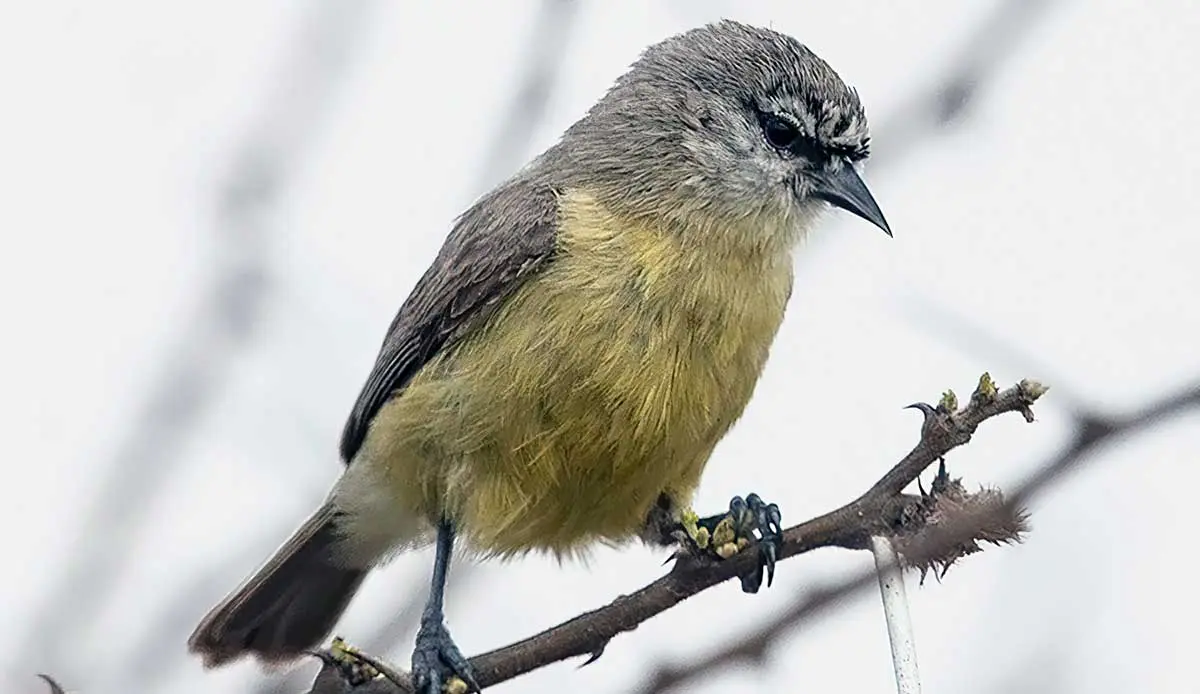
A tiny African bird that is perfectly suited to its dry and hot habitat is the Cape penduline tit. The mousy-colored bird has a striking golden underbelly and black eyes. Adults reach just over 3 inches, but what they lack in size, they certainly make up for in creativity. The Cape penduline tit is well-known for its uniquely crafted nests that look like hanging sacks. They like to nest around farms, where they use fur or tufts of sheep wool and strips of vegetation to build their homes. To protect their young, these clever birds build a second entrance to the nest to fool predators.
6. Common Firecrest (3.5 inches)
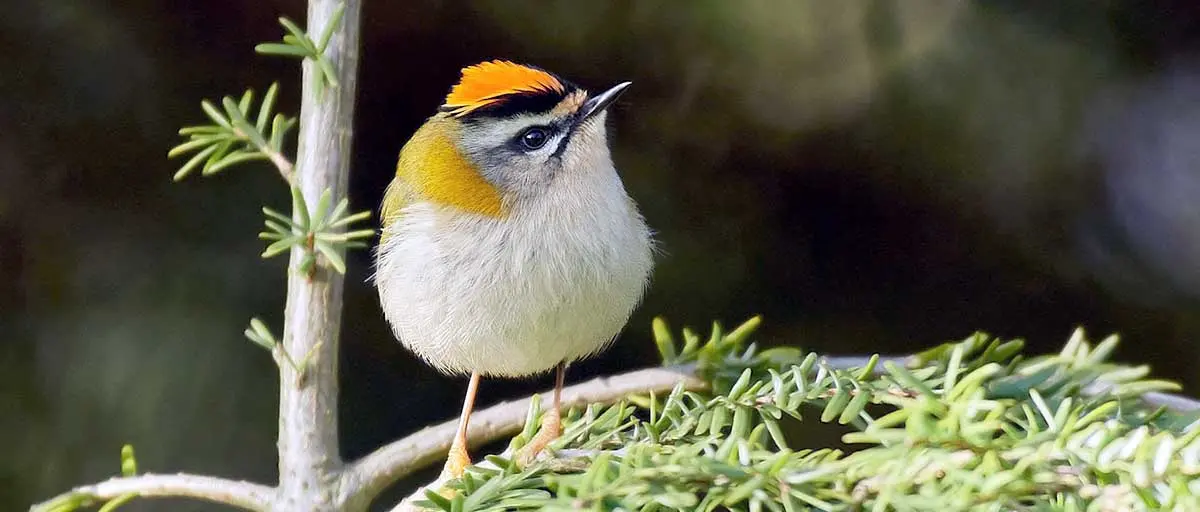
The common firecrest doesn’t grow larger than 3.5 inches in length. They are mostly known for their royal color pattern, which consists of a black crown and yellow band. The firecrest is related to the goldcrest, but they have a black stripe across their eyes with a yellow patch stretching over their necks. Firecrests are found across Europe and tend to make their homes close to urban gardens where they can easily find food. They eat different types of spiders, beetles, and moths, and will happily join other groups of small birds to live in a community flock.
7. Spotted Pardalote (3.7 inches)

The compact spotted pardalote is an attractive bird with beautiful patterns and is native to Australia. Adult birds are only 3.7 inches long, but what they lack in size, they sure make up for in sound. Spotted pardalotes have a persistent call or cry that is so loud that many people consider them a disturbance. They are not very talented songbirds, but their call-in search for a mate only lasts during the breeding season. What is most spectacular about these birds is their coloring. Pardalotes have a white spotted crown, a yellow throat, and speckled wings.
8. Lesser Goldfinch (around 4 inches)
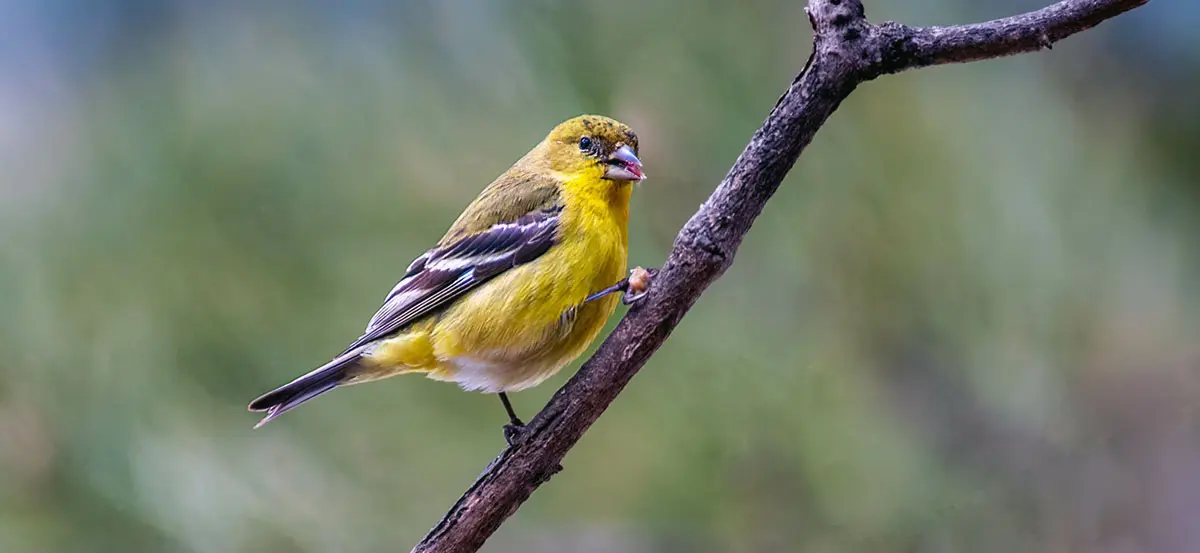
The lesser goldfinch has a phenomenal voice and produces a combination of high and low notes when singing in search of a mate. They can mimic the sounds of other birds in short bursts of only a few seconds. You will find lesser finches across North and South America, from the forest to the city. Their size ranges from 3.5 to 4.5 inches, and they have a rather plump appearance. The lesser goldfinch is smaller than any other finch, hence its name. Mature males are easily distinguished from females as the tops of their heads are pitch black with a bright yellow chest and abdomen.
